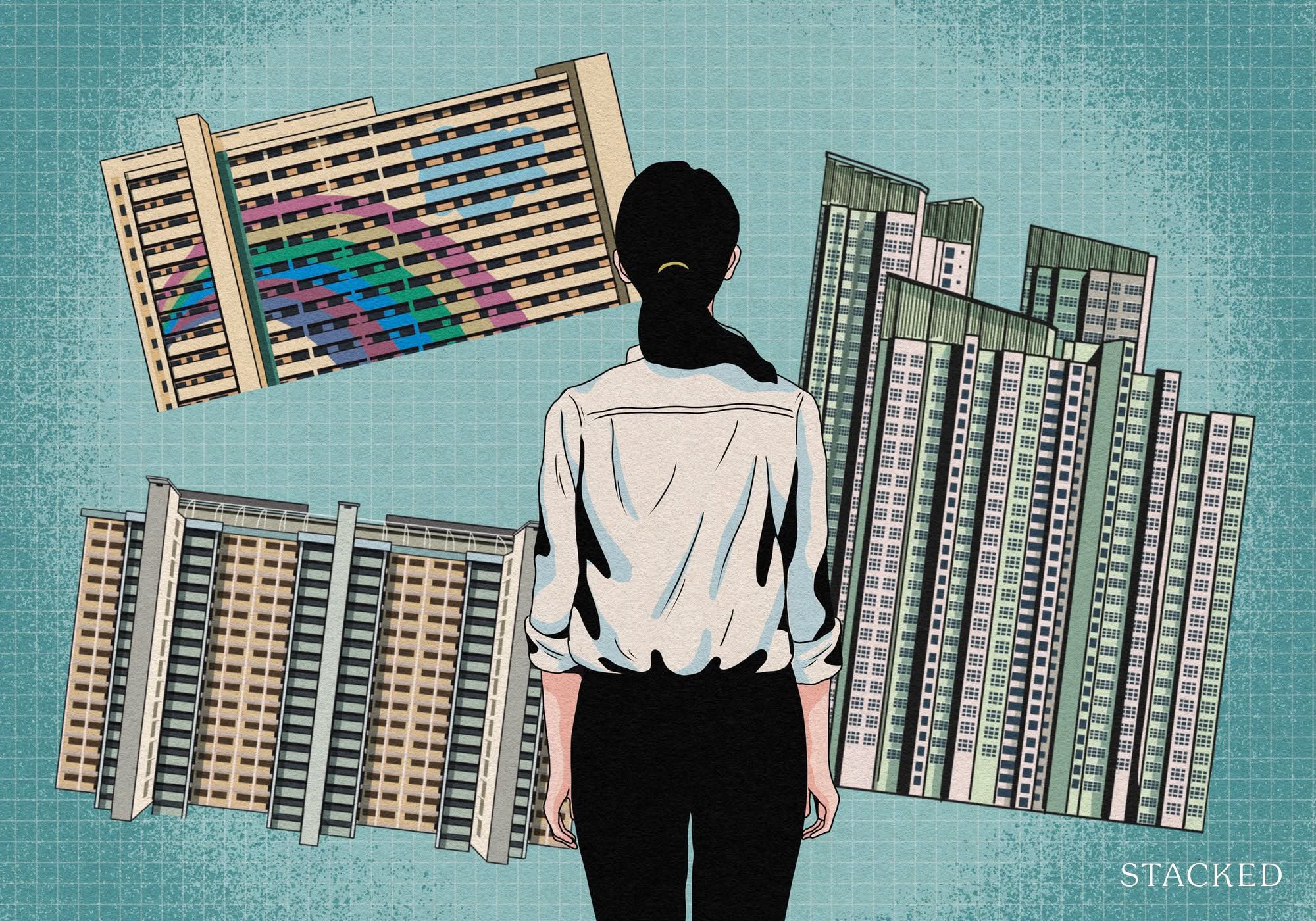Where Are Singapore’s Most Flood-Prone Hotspots And What You Need To Know About Living In These Areas
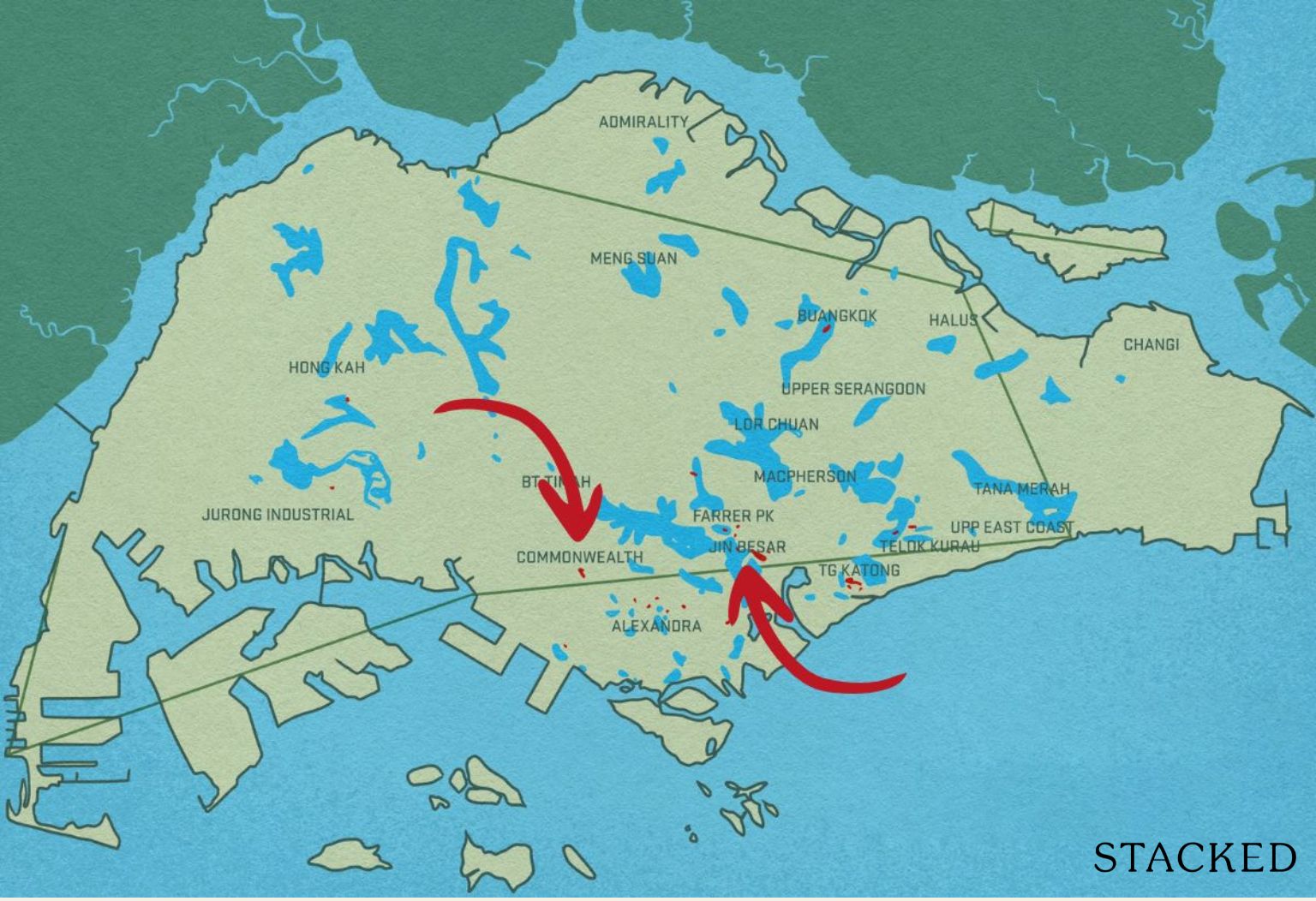
Get The Property Insights Serious Buyers Read First: Join 50,000+ readers who rely on our weekly breakdowns of Singapore’s property market.
A seasoned content strategist with over 17 years in the real estate and financial journalism sectors, Ryan has built a reputation for transforming complex industry jargon into accessible knowledge. With a track record of writing and editing for leading financial platforms and publications, Ryan's expertise has been recognised across various media outlets. His role as a former content editor for 99.co and a co-host for CNA 938's Open House programme underscores his commitment to providing valuable insights into the property market.
I’m writing on January 14th 2025, in one of the rainiest months I’ve ever seen in Singapore. It’s a testament to our improved infrastructure that – unlike during my childhood – homes in flood-prone areas haven’t experienced serious disasters. I recall that back in the 1980s, we would have to flee to higher ground if it rained like it did this month. Back then, most homes on my street ended up with an unplanned extra pool—most often in the kitchen or living room. Here’s a look at some areas that remain flood-prone today, along with some property-saving measures to consider:
PUB does have a list of flood-prone areas, which you may want to check before buying in the area
“These are heavily built-up or low-lying areas,” you’ll say, because you’re a normal and well-adjusted person, unlike me. But being a complete property nerd, what I see is that a lot of names on the list are the pricier, high-rent neighbourhoods:
- Sennett Estate
- Meyer Road
- Tiong Bahru
- River Valley (lives up to its name when it floods)
- Bukit Timah (more toward the eastern end of the neighbourhood)
- Queenstown
One notable coincidence is that coastal areas are both pricier (because of the nice sea views) and more prone to flooding. Also, landed homes are more susceptible to flood issues and tend to be found in some of these pricier areas. So, just by sheer coincidence, there’s some overlap between high-end property zones and flood zones!
PUB’s list names general areas and roads, so we don’t know which specific projects are more affected. If resources permit, I’ll try to compile a comprehensive list of specific projects prone to flooding in the future. This is quite hard to do, as most people don’t want to lower their property value by disclosing this.
| No. | Location |
| 1 | Alexandra Road / Jervois Road/ Bishopsgate Road Admiralty Road West near Sembawang shipyard Beach Road |
| 2 | Bedok South Rd/ Bedok South Ave 1 |
| 3 | Chin Cheng Ave |
| 4 | Commonwealth Ave / Commonwealth Drive / Queensway |
| 5 | CTE near Slip Road to Moulmein Road |
| 6 | Farrer Park Area (including Thomson Road / Derbyshire Road) / Farrer Park Field |
| 7 | Hong Kah area Indus Road |
| 8 | Jalan Benaan Kapal Jalan Besar Area Jalan Mashor |
| 9 | Jalan Mat Jambol |
| 10 | Jalan Seaview/ Tanjong Katong Road South |
| 11 | Jalan Taman |
| 12 | King George’s Avenue (People’s Association HQ) |
| 13 | Langsat Road Area |
| 14 | Lorong Buangkok |
| 15 | Lorong H Telok Kurau near Siglap Canal |
| 16 | Lower Delta Road / Alexandra Road |
| 17 | Margaret Drive/ Tanglin Road |
| 18 | Meyer Road / Fort Road / Arthur Road / Margate Road / Ramsgate Road Mimosa Walk |
| 19 | Mindef’s Changi Camp off Farnborough Road |
| 20 | Neo Pee Teck Lane/ Pasir Panjang Road |
| 21 | New Upper Changi Road (Chye Heng Garden) |
| 22 | Rose Lane |
| 23 | Second Chin Bee Road |
| 24 | Sennett Estate (Puay Hee Avenue, Siang Kuang Ave, Wan Tho Ave, Jalan Kemboja, Mulberry Ave and Jalan Wangi) |
| 25 | Service road off Tampines Road (near Jalan Teliti) |
| 26 | Stevens Road/ Balmoral Road |
| 27 | South Bridge Rd/ North Canal Rd/ Upp Hokien St/ Upp Pickering St Upp East Coast Road (junction with Parbury Avenue) |
| 28 | Waterloo St / Albert St / Bencoolen St / Prinsep St |
| 29 | Zion Rd (Boys’ Brigade HQ) |
Which properties are most likely to be affected by floods?
1. Most properties built before the 1980s
It was only around the late 1980s when Singapore’s serious flood control measures kicked in and started to show a real effect (if you’re interested in history, you can read a bit about it here). Besides wider changes to the island’s infrastructure, projects from the ’80s onward incorporated flood mitigation measures. This includes elevated foundations for projects in low-lying areas, such as ensuring the Finished Floor Level (FFL) is above a certain height to stop floodwater from seeping in.
On the private property scene, measures grew to include basement floodproofing (for landed homes), permeable paving, and vegetated swales (to absorb the water), as well as simply being built in lower-risk areas.
More from Stacked
A $45,000 HDB Renovation Breakdown: A Couple Shares Their Reno Costs And Furnishings
For first-time homeowners looking to renovate their home, it's often like navigating a maze. From choosing the right ID, to…
(Some areas are now flagged as flood-prone by URA and PUB, so construction is regulated accordingly, but this information wasn’t as available to builders in our early years.)
This does mean that certain older property types—such as walk-up apartments or SIT-era projects—are more susceptible to flood damage.
2. Landed homes (especially those with basements)
As mentioned above, older landed homes may lack proper waterproofing for basement levels. Some older landed enclaves, such as Sennett Estate, are simply in lower-lying areas where flooding is more likely. The good news is that flooding in Singapore is rarely so serious as to extend beyond the ground floor, so multi-storey landed homes at least have a second or third floor to move items to.
An important warning about backyards:
If you have a service yard, open kitchen, or other unenclosed space that opens into a backyard, flooding can be much worse. The last time I was in this situation, the soil and earth from the backyard washed directly into the kitchen/service yard. By the time it receded, the floor looked like an entire SAF platoon had conducted a field training exercise there. The clean-up was not fun.
So, before you buy a landed home, it’s worth asking if there have been floods before. You might also want to check the surrounding infrastructure: look for the presence of large storm drains in lower-lying areas or signs of recent drainage works. If there haven’t been any… I wouldn’t plan on owning any expensive carpets.
3. Ground-floor units
Newer condos are better protected from flooding, but when it does happen, ground-floor units bear the brunt of it. Ideally, you want a condo that’s been well-elevated. Pinetree Hill is a good example of this, as it’s built on a hillside and raised about four storeys above road level. This doesn’t just prevent road noise; it also minimises flood risks.
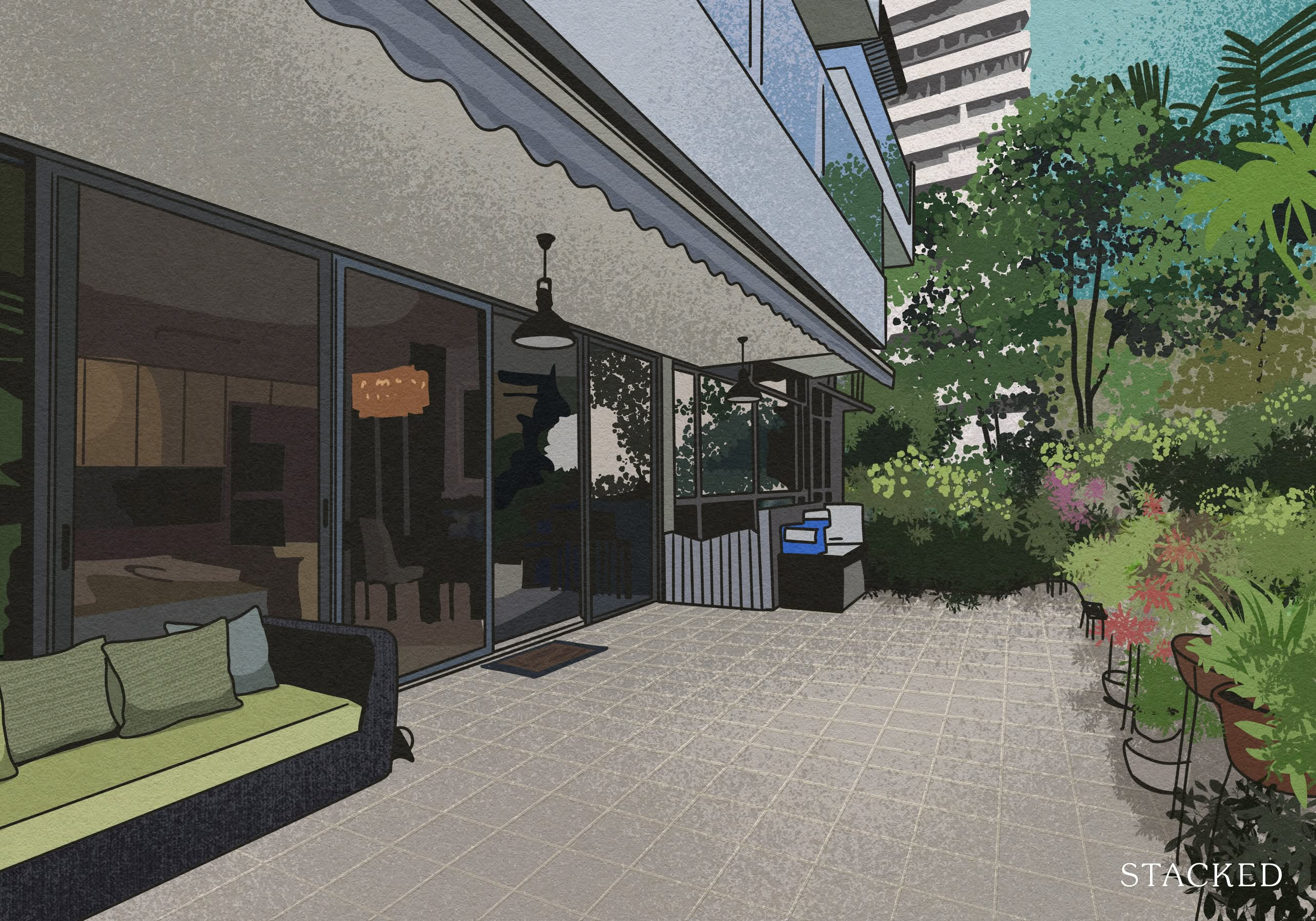
Ground-floor units that are directly open to common areas (e.g., decks and patios) are more prone to flood issues. Enclosed units are not immune, but it may be easier to stem the flow of water coming in; sometimes just tucking lots of towels under the doors can do the job.
As an aside, condo underground car parks can be badly affected by flooding, depending on how the condo is designed. An incident at The Twins condo shows how quickly an underground car park can flood, although the cause was a water valve and not a natural flood. In these cases, you may not even be able to open your car door to move it.
What can you do about all this?
The first is to look at newer properties, for the reasons described above. Projects built on raised ground, or newer landed housing with better waterproofing, are likely to be among the more reliable options. In areas prone to flooding, you might consider basement areas (especially old ones without waterproofing) to be a drawback.
The second is to factor in flooding risks when making interior design choices. Certain design choices, such as parquet flooring, are going to be an expensive mistake when the water comes through the door. To use a tip from my grandfather’s era: use floor tiles, and have high tables on which you can stack other furniture.
Third, it’s important to get home contents insurance if you’re in a flood-prone area. Notice the lack of any link to an insurance company: this isn’t some kind of sponsored message. You really want home content insurance because floods will wreck electronics, cause electrical problems*, and damage furniture. You’ll be glad you can make claims for the damages. Also, home content insurance can provide a bit of cash for temporary storage or accommodation, which may come in handy while your home is being cleaned up (well mine did at least, after a flood; check the terms.)
If you suspect a home is flood-prone, or just want a second opinion on a property, reach out to us at Stacked. If you’d like to get in touch for a more in-depth consultation, you can do so here.
*That’s from personal experience. When a flood affected my place, the water got into the power sockets that were lower to the ground; and the cost of the fix was alarmingly high.
Ryan J. Ong
A seasoned content strategist with over 17 years in the real estate and financial journalism sectors, Ryan has built a reputation for transforming complex industry jargon into accessible knowledge. With a track record of writing and editing for leading financial platforms and publications, Ryan's expertise has been recognised across various media outlets. His role as a former content editor for 99.co and a co-host for CNA 938's Open House programme underscores his commitment to providing valuable insights into the property market.Read next from Property Market Commentary
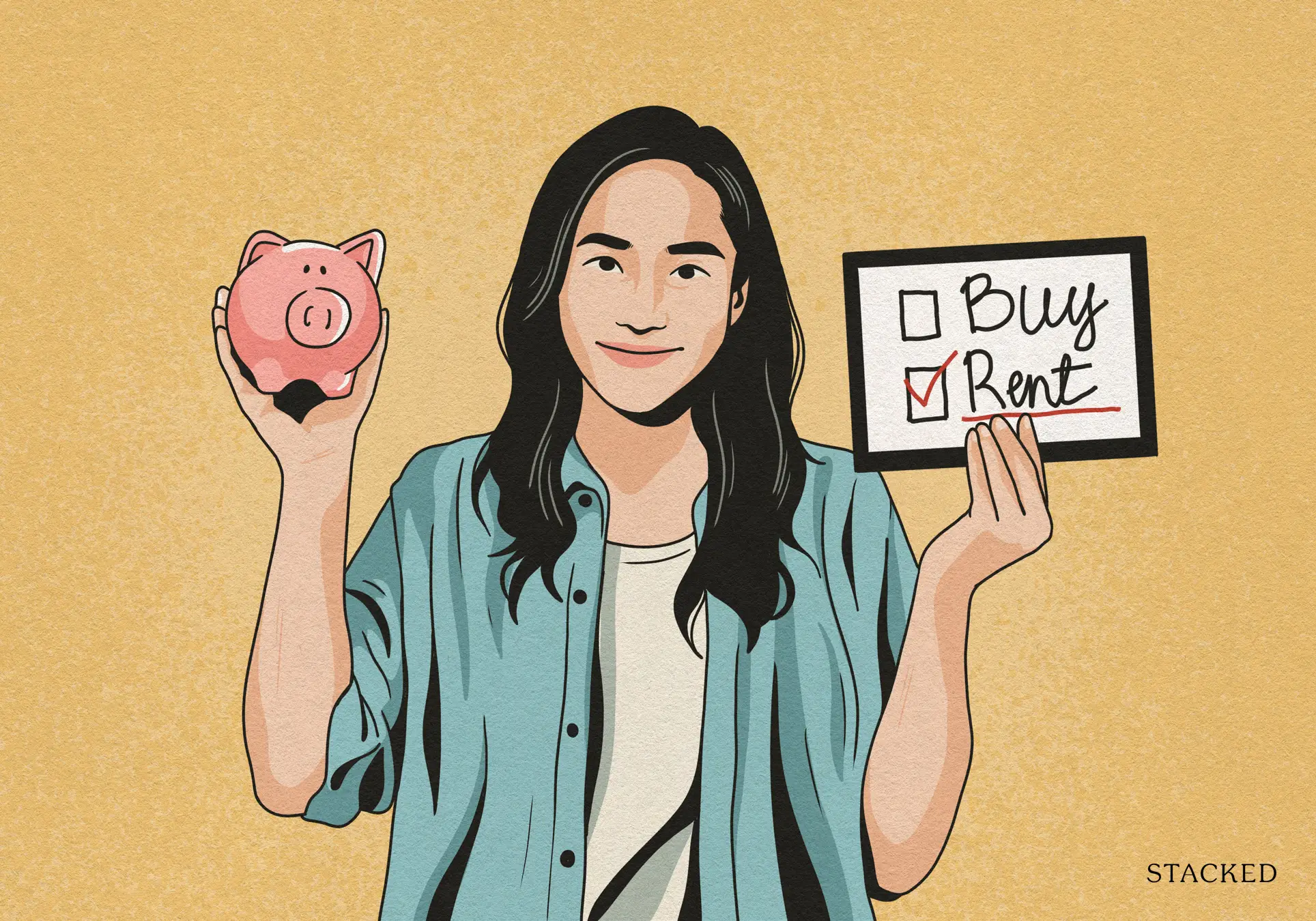
Property Market Commentary When Renting In Singapore Is The Smarter Move — And Buying Can Wait
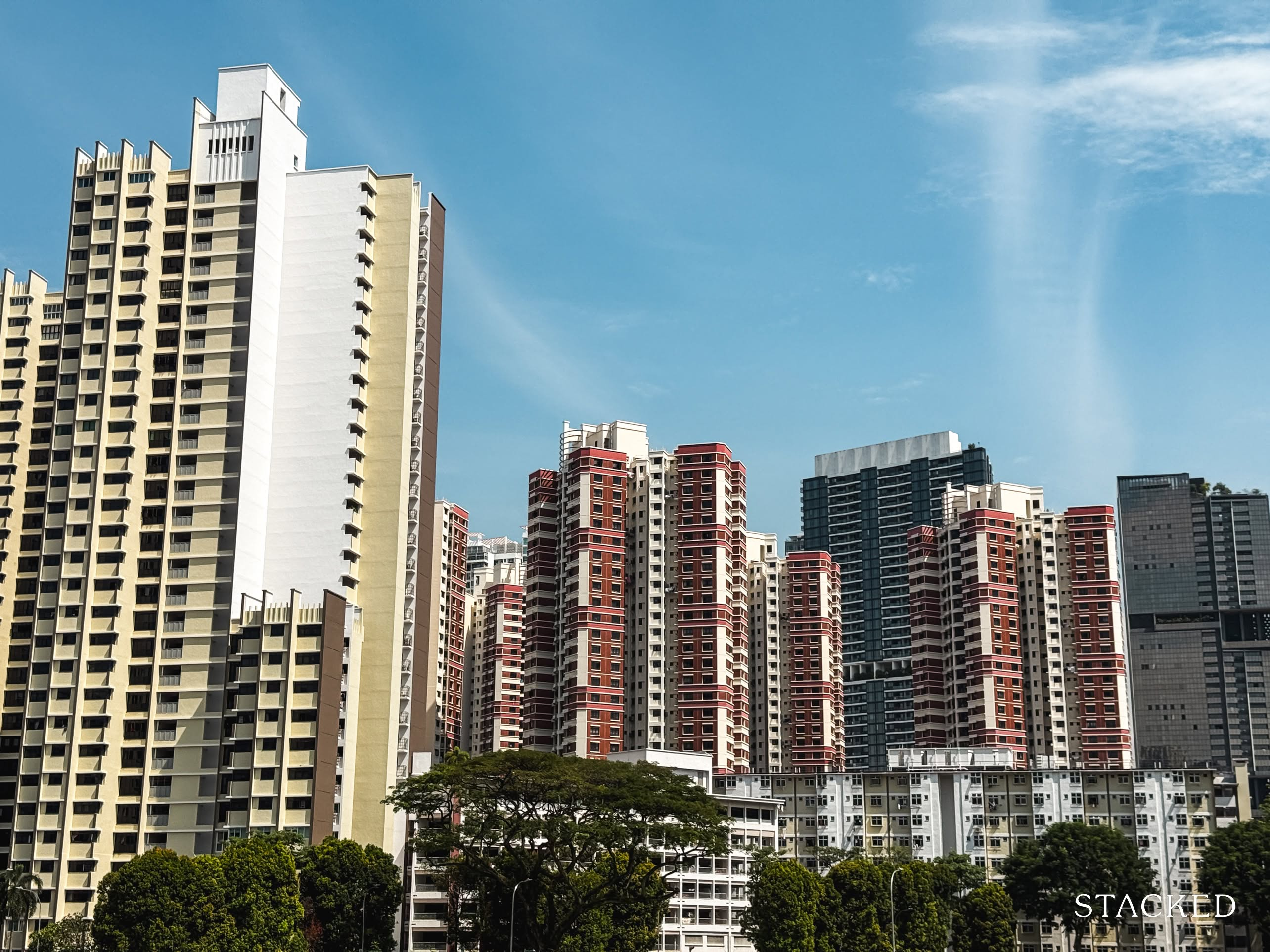
Property Market Commentary A Wave Of New HDB Resale Supply Is Coming In 2026: Here’s Where To Find Them
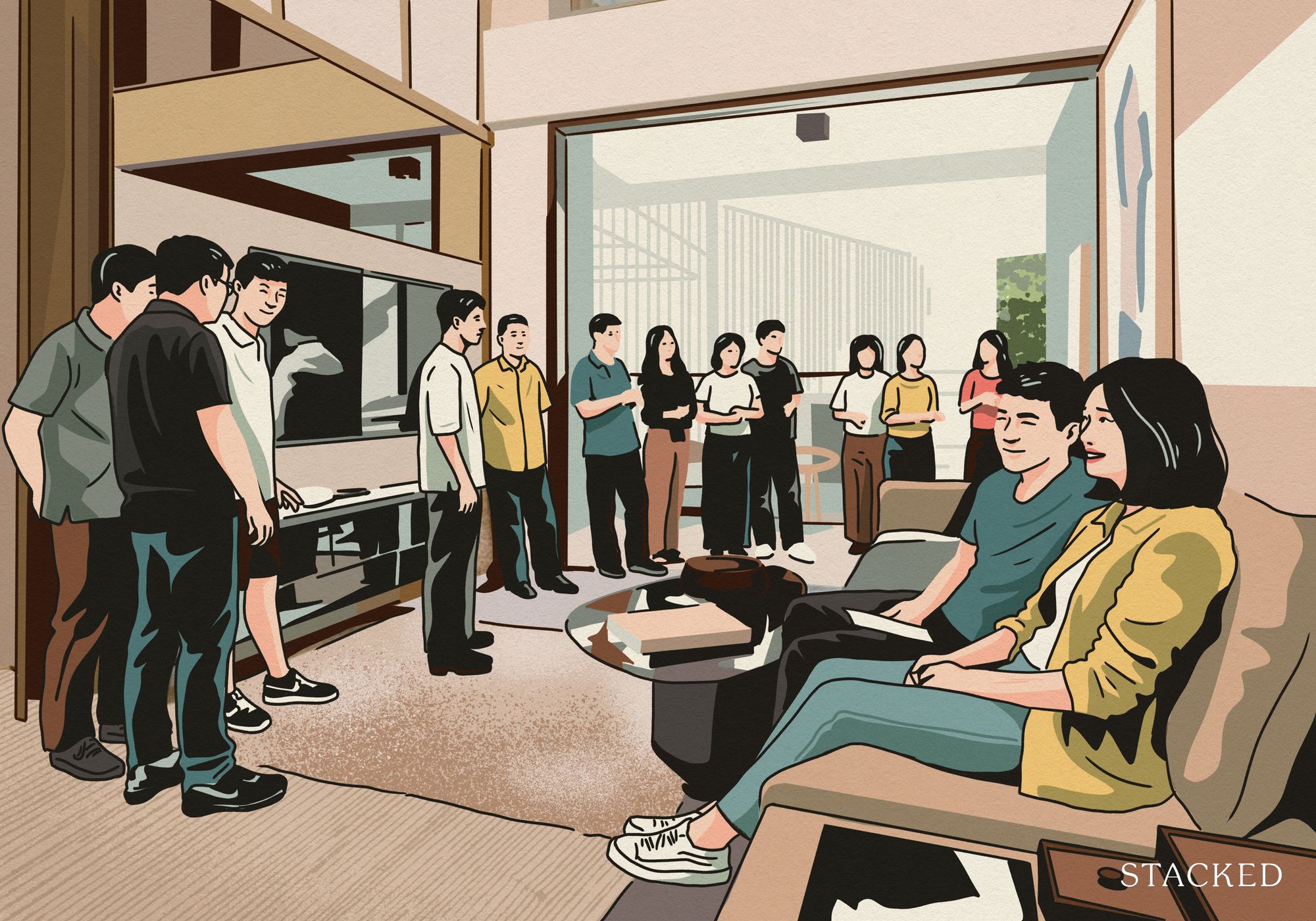
Property Market Commentary 5 Key Features Buyers Should Expect in 2026 New Launch Condos
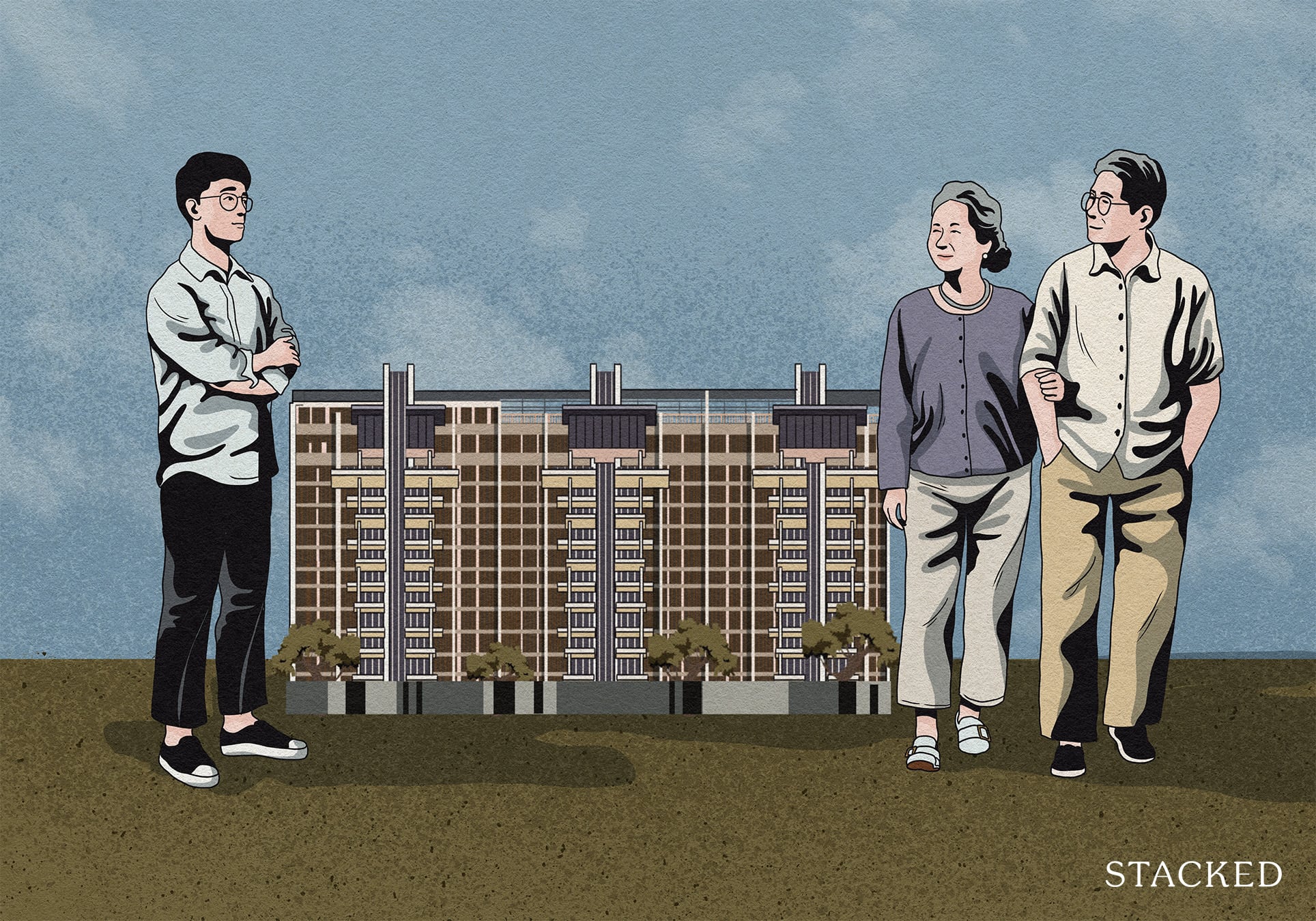
Property Market Commentary What “Lucky” Singaporean Homebuyers Used To Get Away With — That You Can’t Today
Latest Posts
Uncategorized
Notre Avis sur Betify Casino – Partie 4
Uncategorized
Notre Avis sur Betify Casino – Partie 207
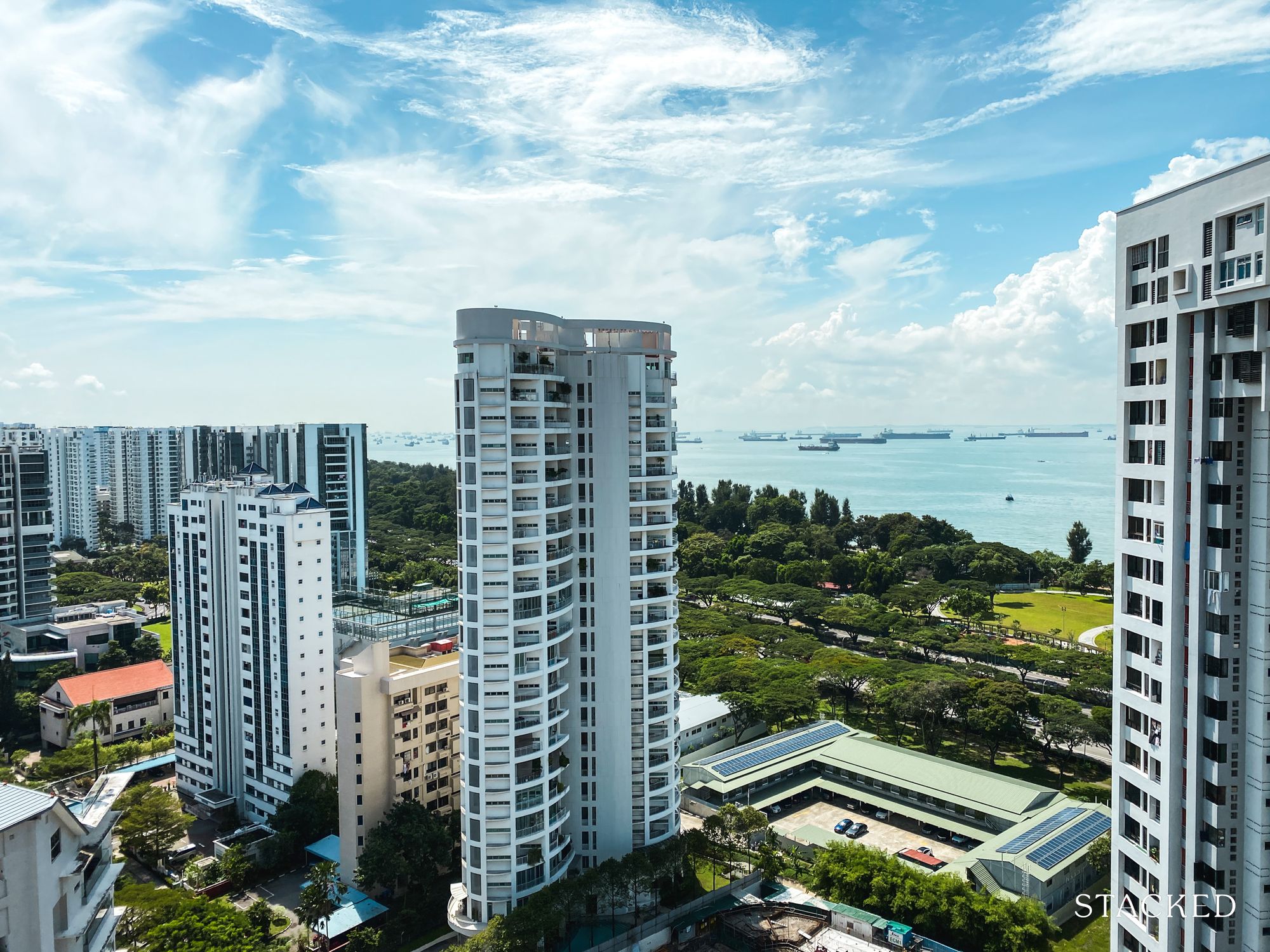
Editor's Pick Should We Buy An Old 99-Year Leasehold Condo To Live In: Will It’s Value Fall When The Lease Runs Out?
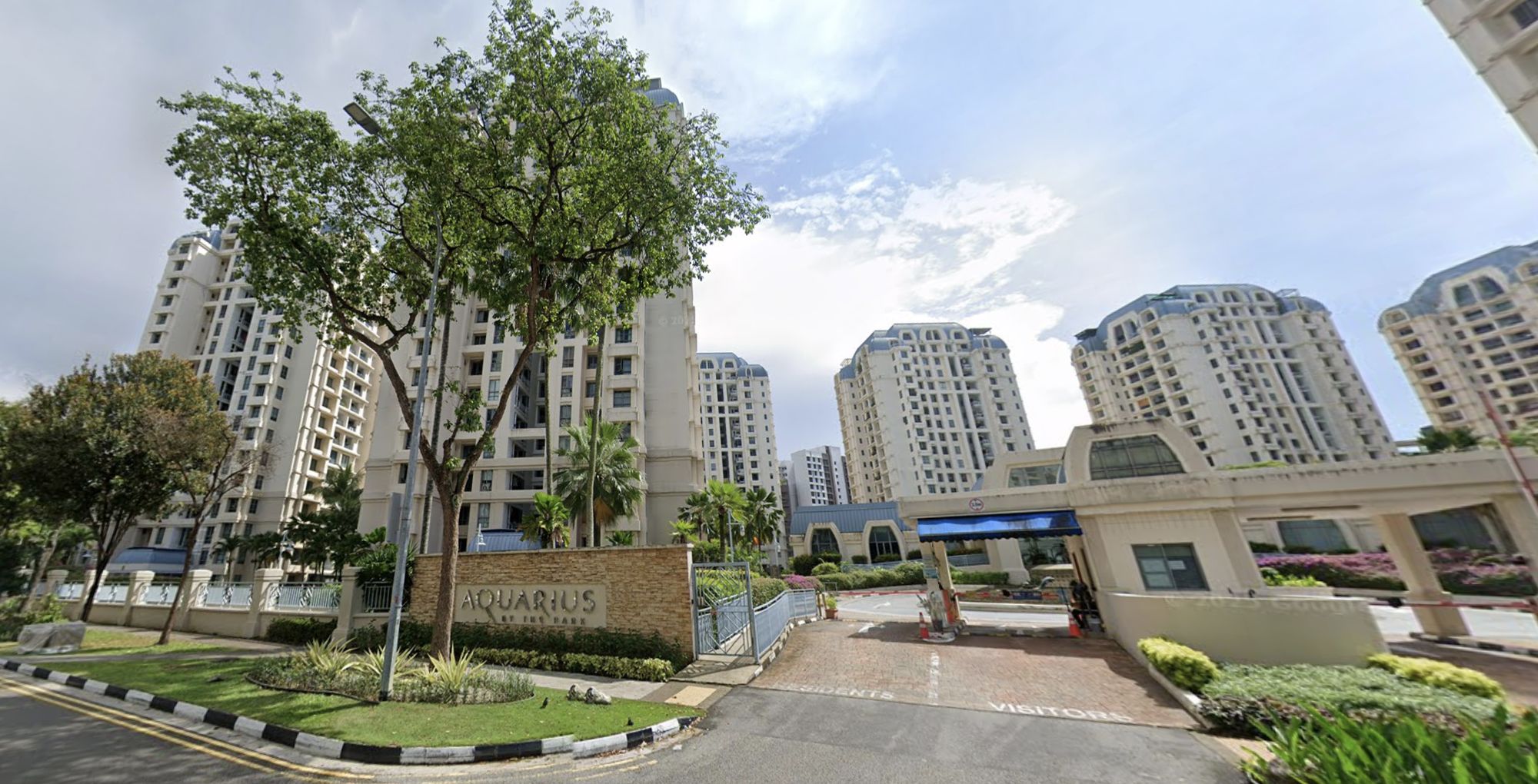
Pro How A Once “Ulu” Condo Launched In 1997 Became A Top Performer
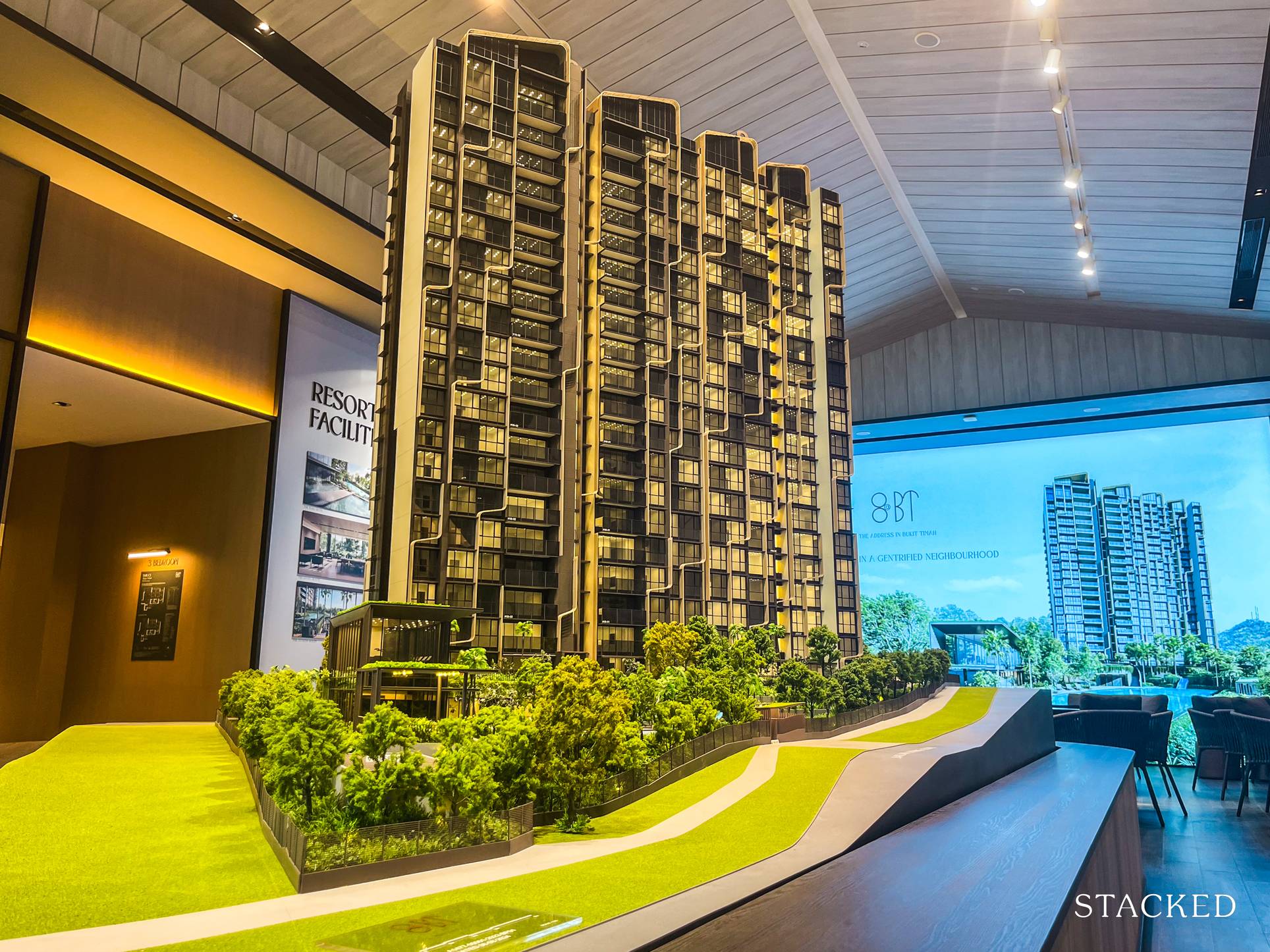
Editor's Pick I Reviewed A New Launch 4-Bedroom Penthouse At Beauty World
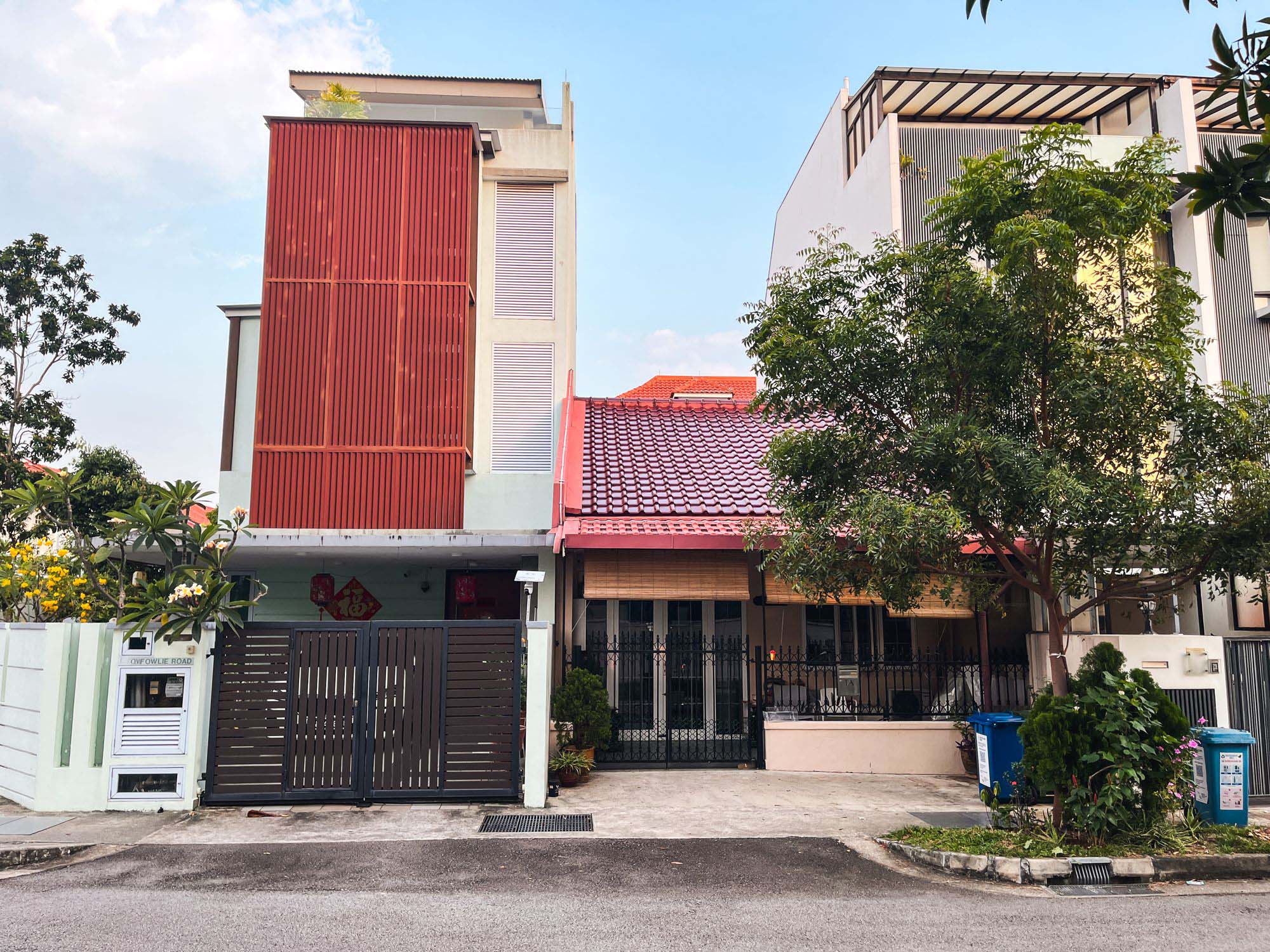
Editor's Pick Why Singaporean Families Are Looking At This Landed Enclave From Around $4M
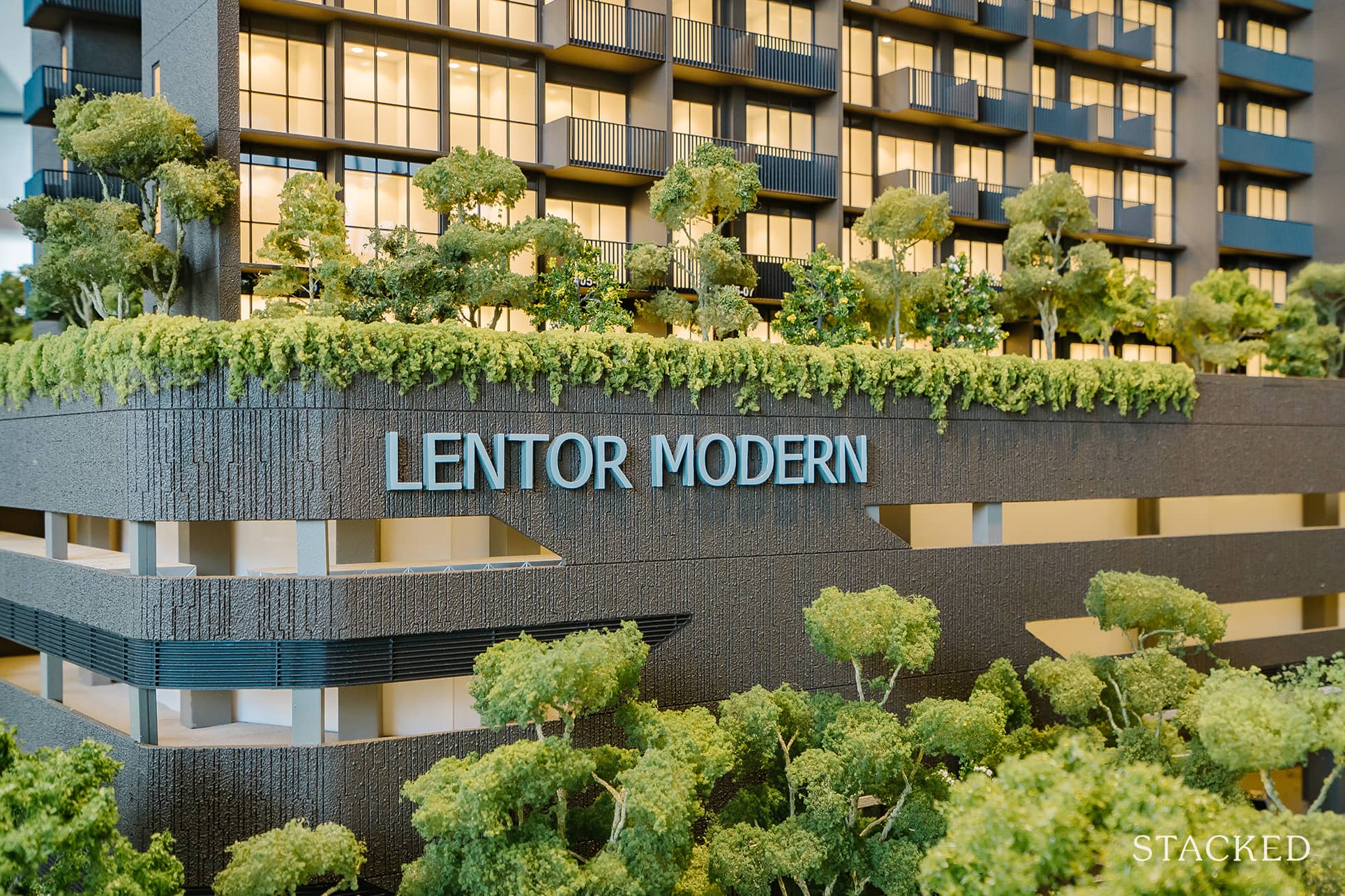
Singapore Property News Lentor’s First Condo Is Complete — The Early Profits May Surprise You
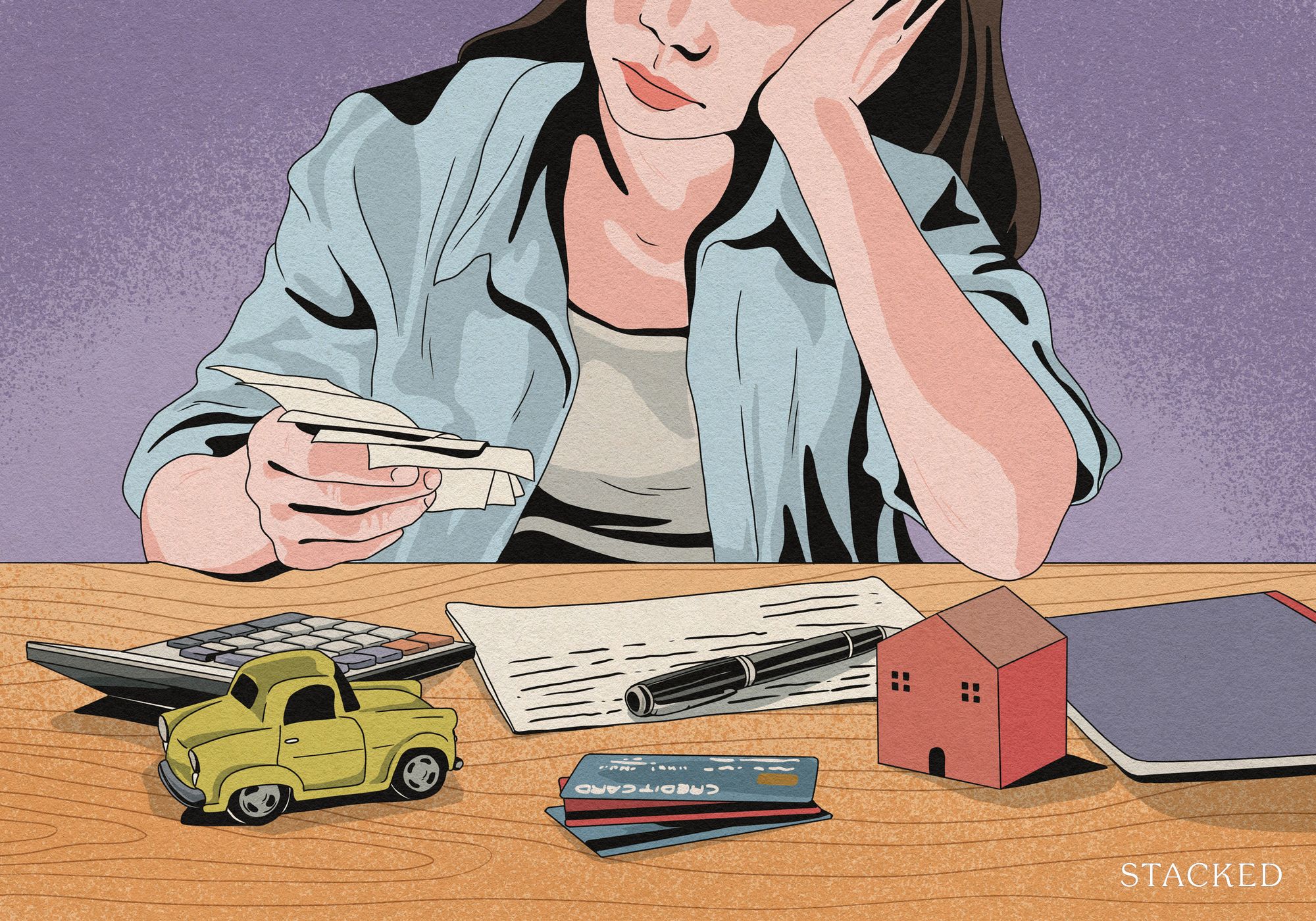
Property Advice We Own A $800K 1-Bedder And A $1.1M 3-Bedder: Is It Possible To Upgrade To A 4-Bedder Condo?
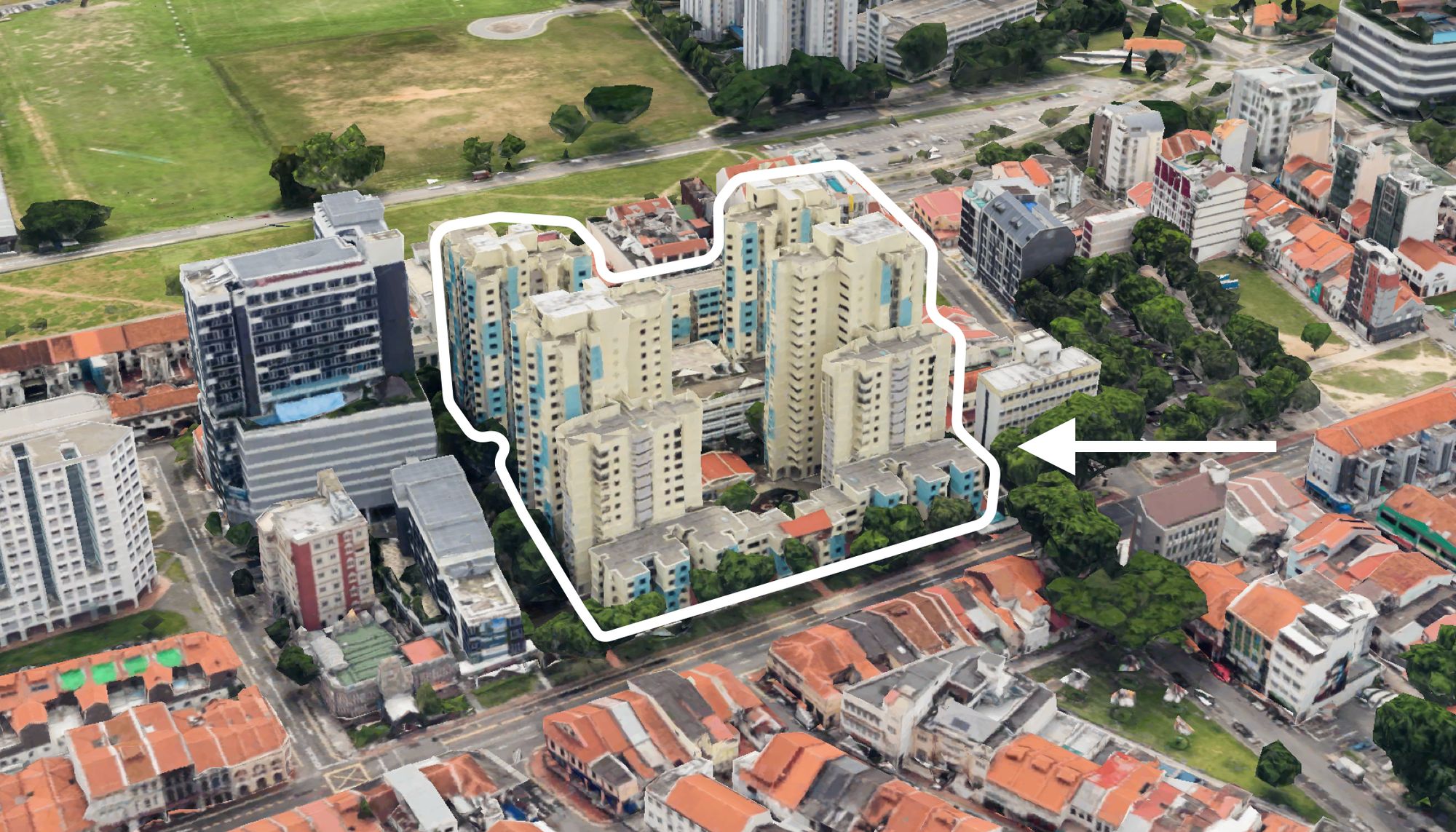
On The Market These Are Some Of The Cheapest 5-Room HDB Flats Left In Central Singapore
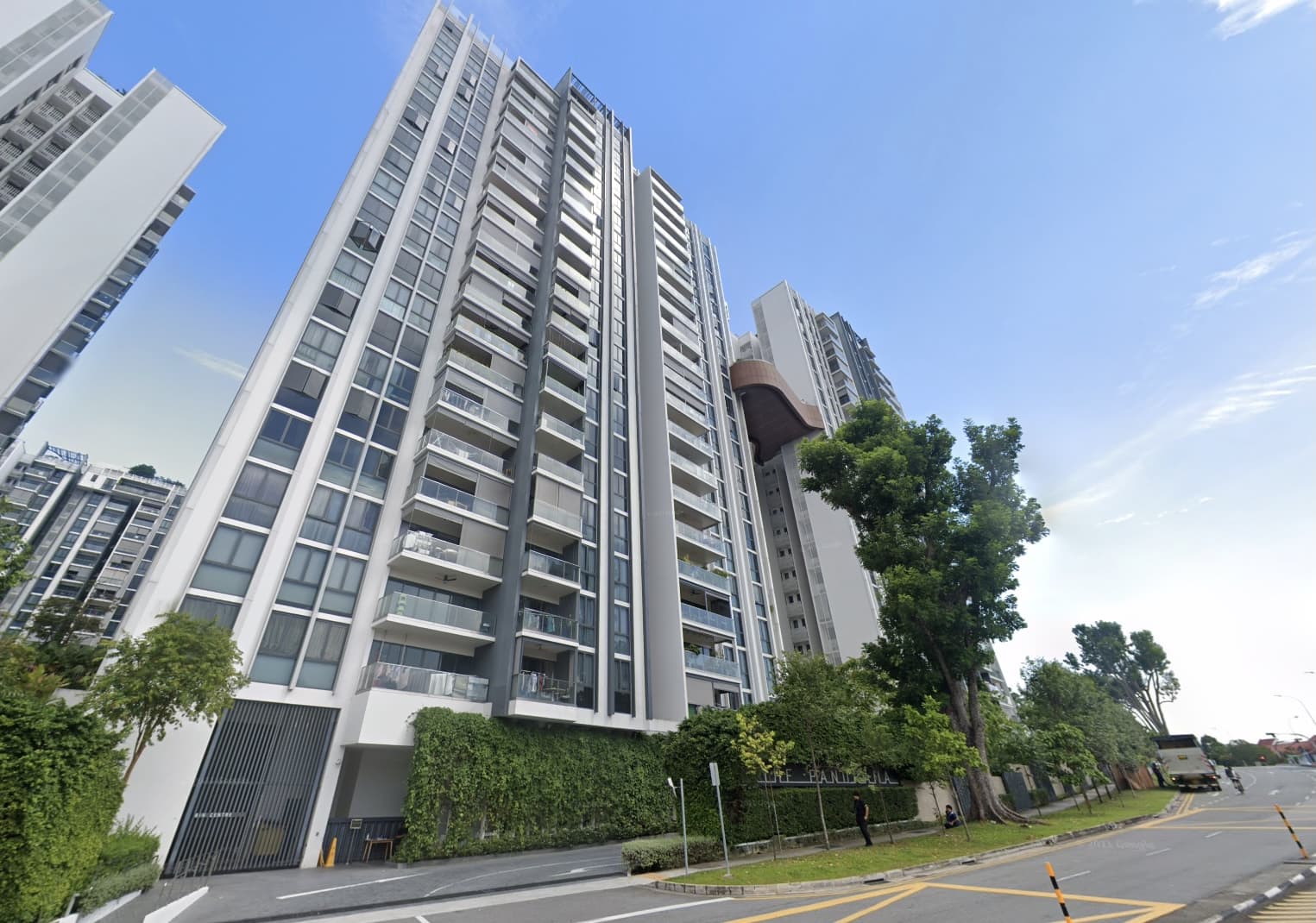
Pro This 698-Unit Ang Mo Kio Condo Launched At The Wrong Time — And Still Outperformed Peers
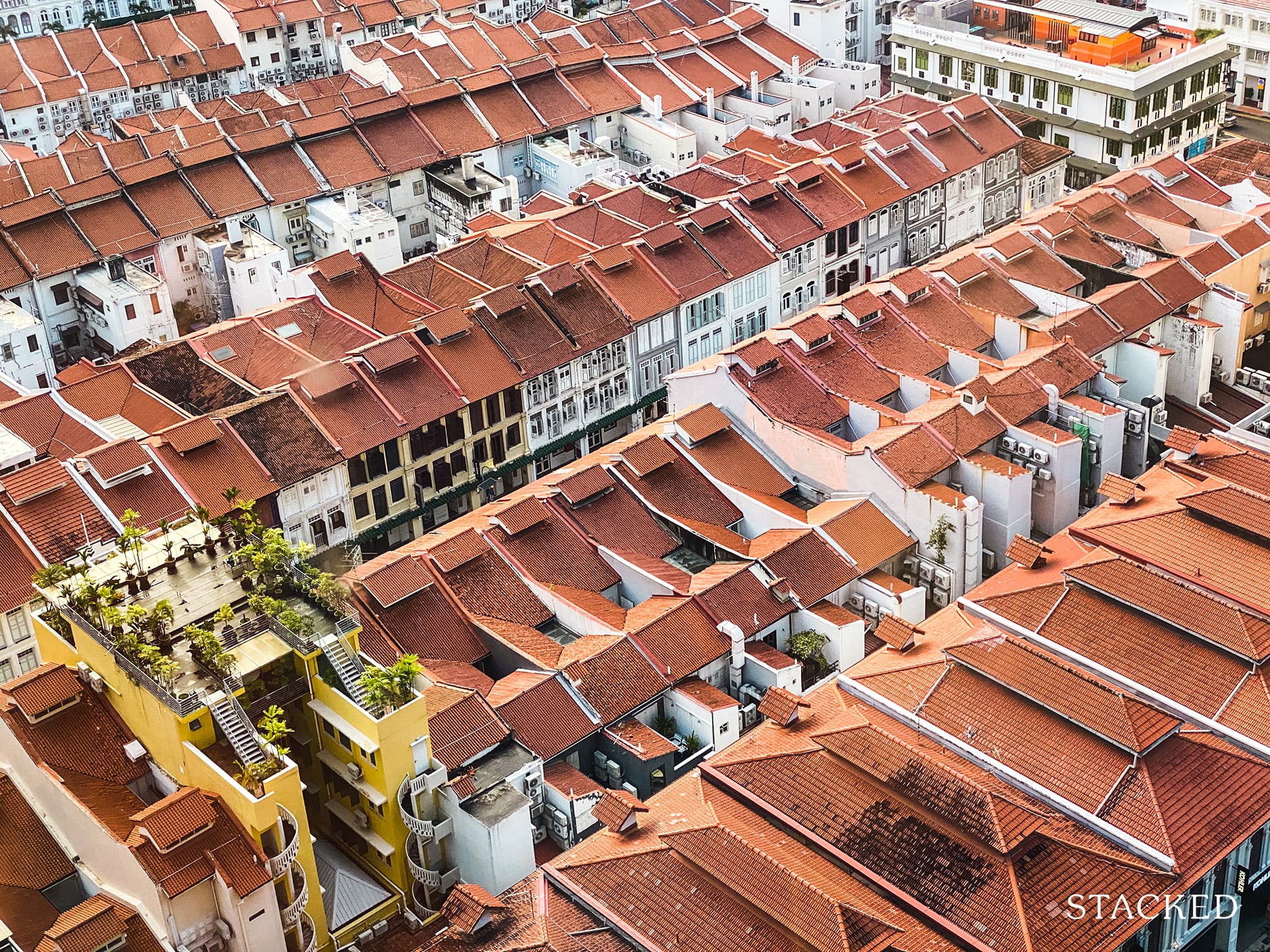
Singapore Property News $281.2M in Singapore Shophouse Deals in 2H2025 — But That Number Doesn’t Tell the Full Story
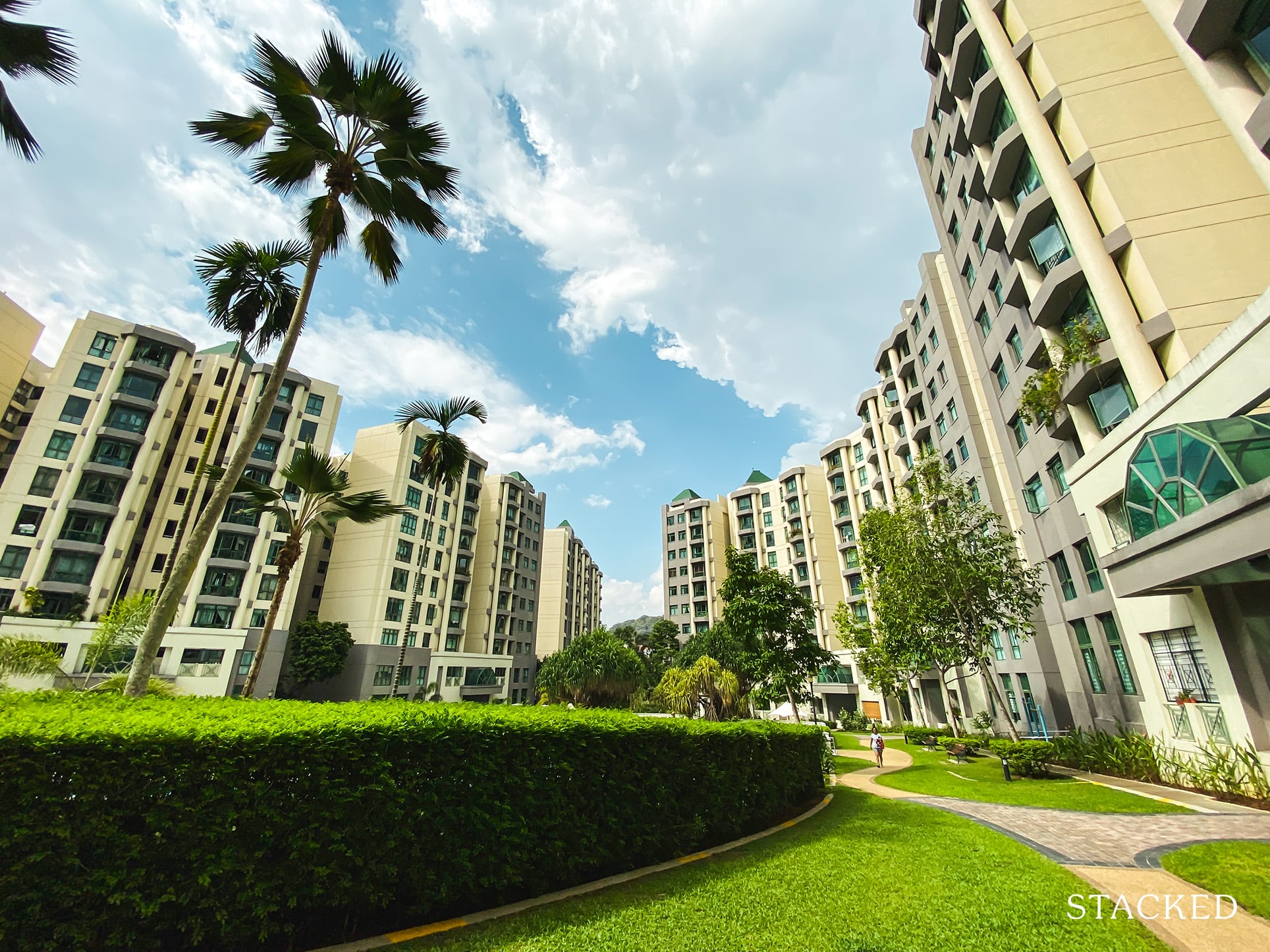
Property Investment Insights These Resale Condos In Singapore Were The Top Performers In 2025 — And Not All Were Obvious Winners

Singapore Property News CapitaLand–UOL’s $1.5 Billion Hougang Central Bid May Put Future Prices Above $2,500 PSF
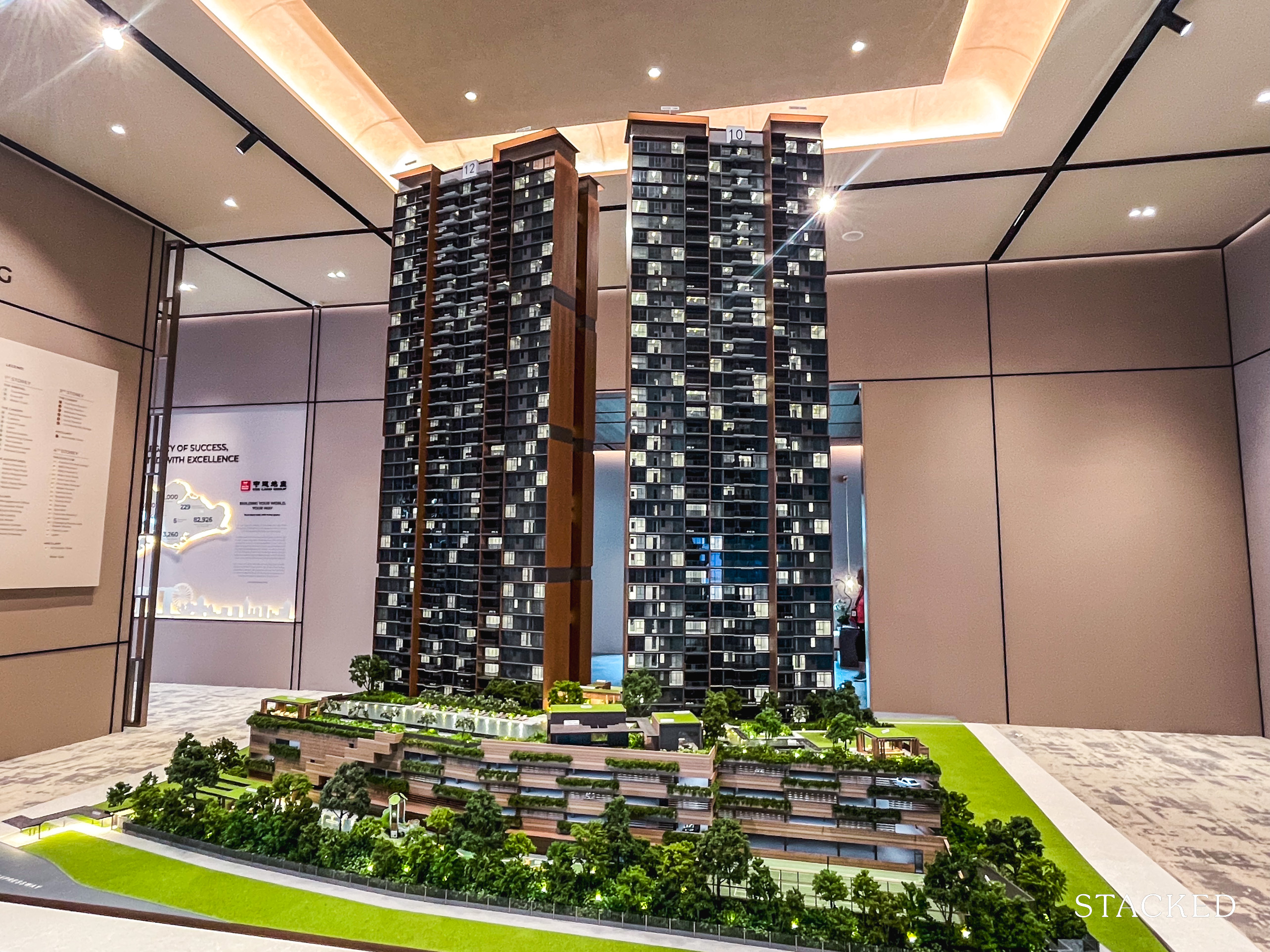
Singapore Property News Why New Condo Sales Fell 87% In November (And Why It’s Not a Red Flag)

Pro How A 944-Unit Mega-Condo In Pasir Ris Ended Up Beating The Market
